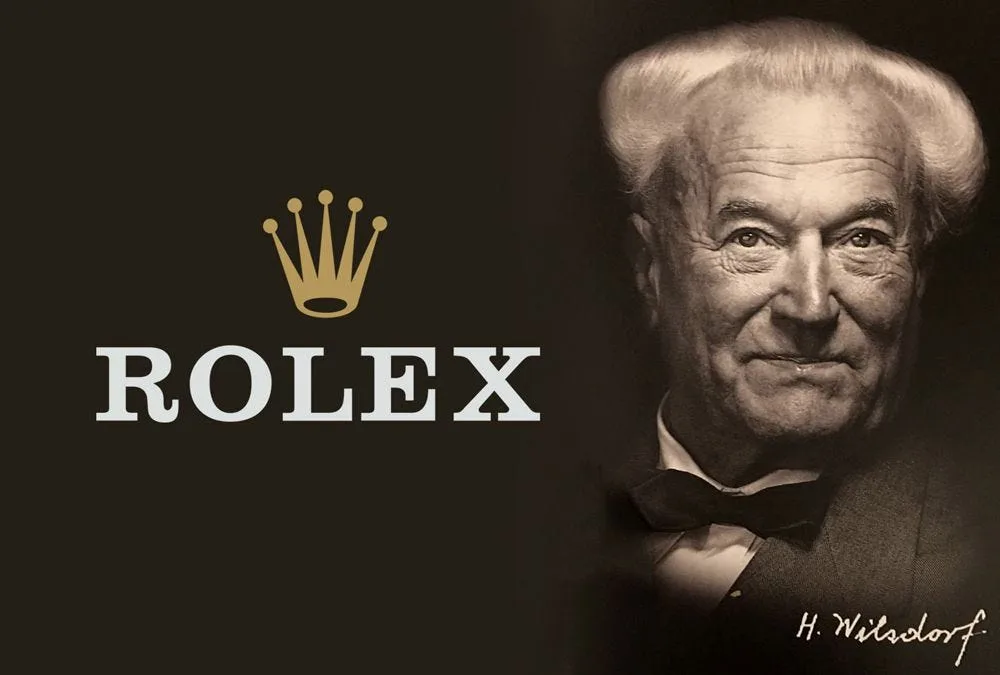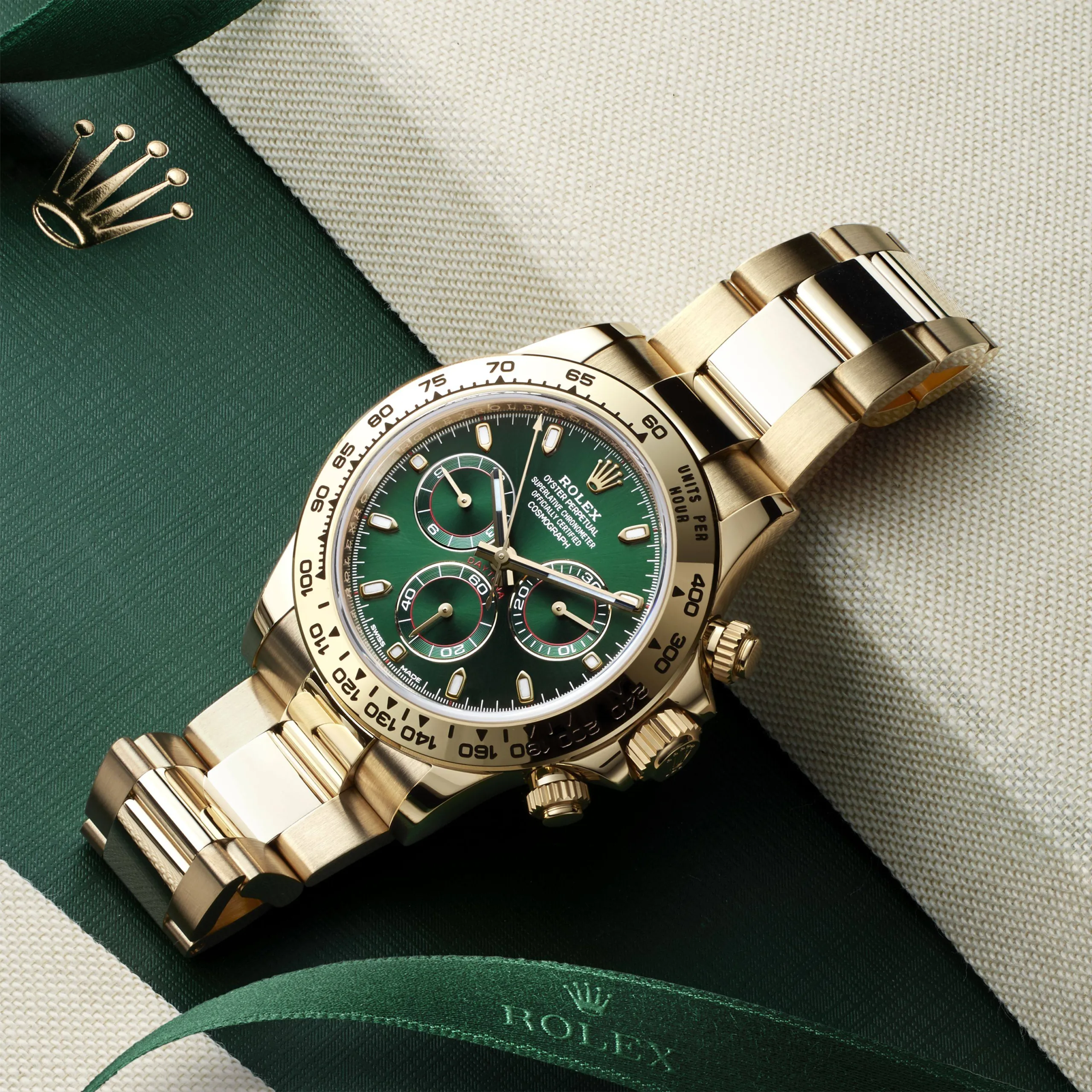Are you curious about the ownership of the iconic luxury watch brand, Rolex? Have you ever wondered if it is privately owned or part of a larger corporation? If so, you’ve come to the right place. As someone who loves luxury timepieces and has done extensive research on them, I can confidently say that Rolex’s ownership is a frequently asked question among enthusiasts and consumers alike.
In this article, we’ll delve into how Rolex came to be and who currently owns this prestigious brand. We’ll also explore the company’s history, its impact in the world of horology, and what makes it stand out from other luxury watch brands. By the end of this read, you will have all the information you need to know about Rolex’s ownership. So let’s get started!
So, Is Rolex privately owned??
Rolex is privately owned by the Hans Wilsdorf Foundation. This foundation was established in 1944 by founder Hans Wilsdorf to ensure that the company would remain independent and continue to uphold its high standards of quality and innovation. The foundation also supports various philanthropic causes, making Rolex not just a luxury watch brand but also a socially responsible one. Unlike many other luxury brands that are publicly traded or owned by conglomerates, Rolex has maintained its autonomy and remains solely focused on creating exceptional timepieces for its customers. This ownership structure allows for greater control over the brand’s direction and values, ensuring that it stays true to its heritage and vision.
Understanding the History of Rolex and its Founding
Rolex, a name synonymous with luxury and precision, has a fascinating history that dates back to its founding in 1905. The story begins in London when Hans Wilsdorf and his brother-in-law, Alfred Davis, established Wilsdorf & Davis. Their initial goal was to import Swiss-made watch movements and place them into high-quality cases. This venture quickly blossomed as the duo recognized the potential for creating wristwatches that would be both elegant and reliable. In 1908, they registered the trademark “Rolex,” a name believed to be easy to pronounce in various languages—an essential factor for global appeal.
By 1926, Rolex made significant strides in innovation with the introduction of the Oyster case—the world’s first waterproof wristwatch. This breakthrough not only enhanced durability but also set new standards in horology. The brand continued to rise through various milestones like launching the Datejust in 1945; it became known for its automatic movement and date display feature. Today, Rolex embodies excellence with each meticulously crafted timepiece representing decades of craftsmanship and groundbreaking technology. As you glance at a modern Rolex on someone’s wrist, you aren’t just seeing an accessory; you’re witnessing over a century of rich history woven into every gear that ticks beneath its refined surface.
The Unique Structure: Hans Wilsdorf Foundation’s Ownership of Rolex
The Hans Wilsdorf Foundation plays a crucial role in the ownership of Rolex, adding a fascinating layer to the watchmaking company’s story. Founded by Rolex’s creator, Hans Wilsdorf, this foundation is not only responsible for managing the brand but also reflects Wilsdorf’s vision and values. He established the foundation in 1965 with a commitment to philanthropy and watchmaking excellence. This unique structure allows Rolex to operate as an independent entity focused on quality rather than profit maximization. As such, it can prioritize craftsmanship and innovation over shareholder pressures that often influence other corporations.
This distinctive approach means that profits made by Rolex are reinvested into improving their renowned timepieces or funding charitable initiatives decided upon by the foundation. The lack of publicly traded shares protects Rolex from market fluctuations—ensuring stability and longevity in a world where many brands chase immediate gains. Furthermore, this setup cultivates an environment where creativity thrives; designers can explore new ideas without worrying about quarterly earnings reports. In essence, through its dedicated stewardship under the Hans Wilsdorf Foundation, Rolex embodies both timeless elegance and social responsibility—a true legacy born from one man’s passion for precision timekeeping.
Read also: Is welding a profitable business?
Examining the Impact of Rolex’s Private Ownership on its Branding and Products
Rolex has long been a symbol of luxury and success, but its private ownership plays a significant role in shaping its brand identity. Unlike publicly traded companies that are often influenced by shareholders’ demands for profit, Rolex operates independently. This autonomy allows the company to focus on quality over quantity, ensuring that each timepiece is crafted with care and precision. The absence of stock market pressures means they can invest in innovation while maintaining traditional watchmaking techniques. This dedication to craftsmanship translates into exceptional products that stand the test of time, both in style and functionality.
Furthermore, being privately owned enables Rolex to cultivate an aura of exclusivity around its brand. They control the distribution channels tightly, which enhances desirability among consumers who view owning a Rolex as not just about telling time but also about status and achievement. By limiting availability through selective retailers and focusing on high-profile sponsorships—like sporting events—they create an image that’s hard to attain yet highly coveted. Ultimately, this strategic maneuvering ensures that every piece remains desirable; customers aren’t just buying a watch—they’re investing in heritage and prestige wrapped up in Swiss ingenuity.
In this way, private ownership empowers Rolex to masterfully balance tradition with modernity while adhering closely to their vision without external influence.

How Does Rolex’s Private Ownership Compare to Other Luxury Watch Brands?
Rolex stands out in the luxury watch market, largely due to its unique position as a privately owned company. This ownership structure allows Rolex to operate with a level of independence that publicly traded companies often lack. Without pressure from shareholders, Rolex can focus on quality and craftsmanship over short-term profits. The meticulous attention they give to every detail—from the movement inside the watch to the selection of materials—ensures each timepiece meets their high standards.
Unlike other renowned brands like Omega or TAG Heuer, which are part of larger corporations and face constant scrutiny for quarterly financial results, Rolex enjoys the freedom to innovate at its own pace without compromising on excellence.
Moreover, this private ownership influences how Rolex cultivates its brand image and customer relationships. With fewer marketing gimmicks or flashy advertisements compared to others in the industry, Rolex relies more on word-of-mouth reputation and exclusivity. Collectors frequently speak about their admiration for these watches not just as tools for telling time but as symbols of achievement
- Durability
- Elegance
- Status
In a world where trends can change quickly, Rolex’s timeless designs remain steadfastly appealing—a testament not only to their craft but also to their deep understanding of luxury branding through careful stewardship rather than mere profit pursuit.
You may also like: joint ventures in Design industry
The Unconventional Business Model that Keeps Rolex Thriving
Rolex has long been synonymous with luxury and precision, but what truly sets it apart is its unconventional business model. Unlike many watchmakers that sell their products through a vast network of retailers, Rolex maintains a tight grip on its distribution channels. By producing limited quantities of watches each year, they create an aura of exclusivity that drives demand sky-high. This scarcity means that even pre-owned Rolexes can retain or appreciate in value over time—a rarity in the fast-paced world of consumer goods. They also ensure quality control by manufacturing nearly all components in-house, which not only guarantees superior craftsmanship but also elevates the brand’s prestige.
Another intriguing aspect of Rolex’s strategy lies in its marketing approach. Rather than flooding the market with ads and promotions, Rolex opts for subtlety and sophistication. The brand associates itself with high-profile events—think tennis tournaments like Wimbledon or prestigious car races—which reinforces its image as a status symbol without overt commercialization.
Coupled with timeless designs and innovative technology, this creates an enduring allure that captivates watch enthusiasts across generations. By blending artistry with astute business practices, Rolex has crafted a legacy built on prestige and reliability that continues to thrive amid changing times.

